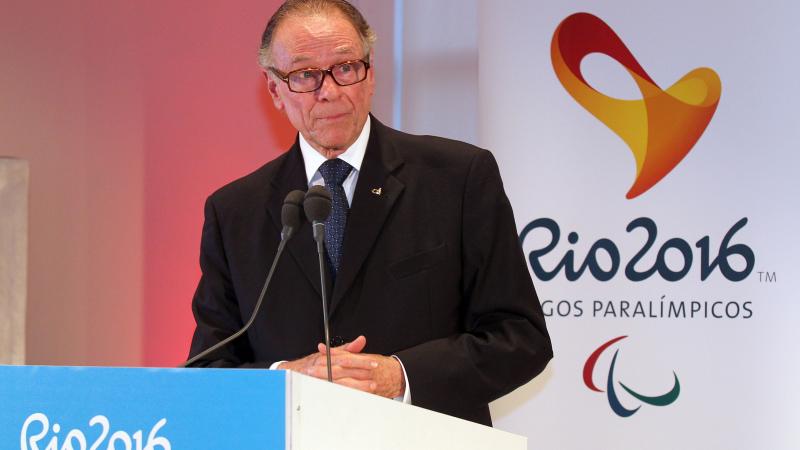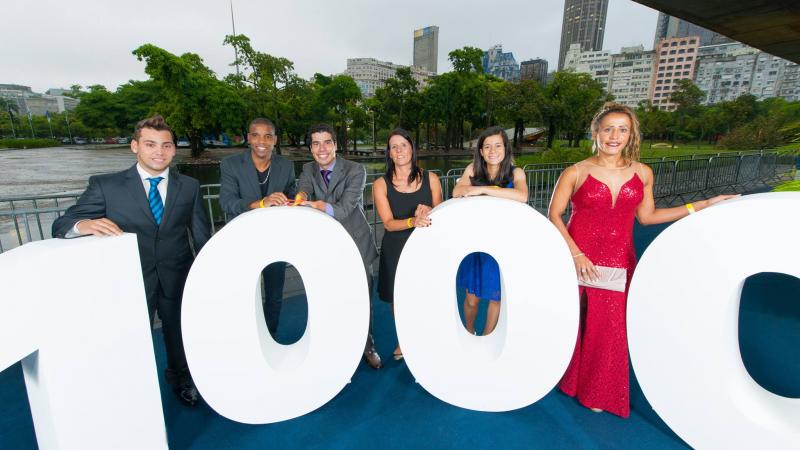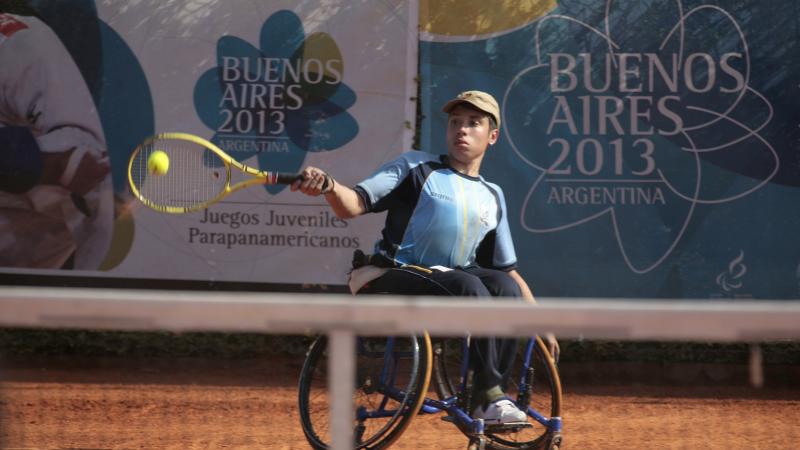Focus: Brazilian para-swimming training facility
The Brazilian Paralympic Committee has created a programme for nine young swimmers in a bid to win more medals at Rio 2016. 07 Feb 2014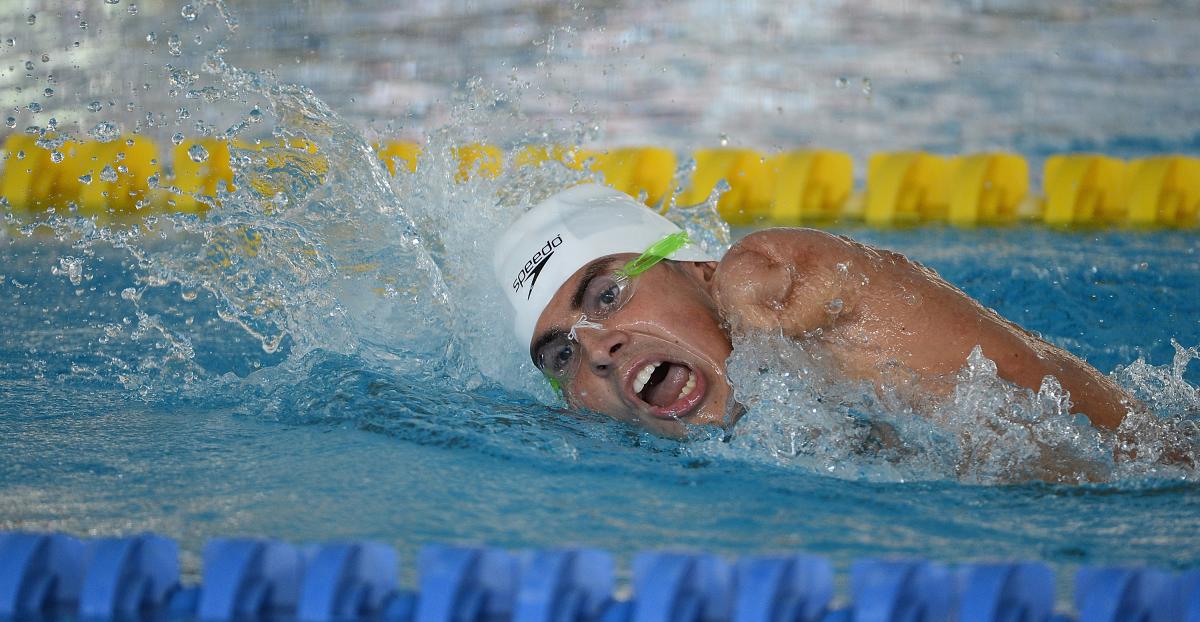
Talisson Glock of Brazil competes in the men's 100m freestyle S6 during day seven of the IPC Swimming World Championship at Parc Jean Drapeau on August 18, 2013 in Montreal, Canada.
"They will have the best swimming training under professional supervision, using the best technology and equipment"
The Brazilian Paralympic Committee has started a programme to better prepare its athletes for the Rio 2016 Paralympic Games and reach the target of finishing fifth in the medals table at Rio 2016. In São Caetano do Sul, in the State of São Paulo, nine athletes from the national swimming team will be training daily in a modern facility.
The swimming team includes Edênia Garcia, Susana Schnarndorf, Letícia Freitas, Roberto Alcalde, Talisson Glock, Vanilton Filho, Ítalo Pereira, Caio Amorim and Matheus Silva. The national team will be training in the swimming pools of the Lauro Gomes Sports Complex and AD São Caetano under the skillful command of the national team’s new head coach, Leonardo Tomasello.
The athletes were selected based on their potential to win new competitions and their performance on the Caixa Loterias Circuit and previous international competitions. As a whole, the group has already won two Paralympic medals and six medals at the 2013 IPC Swimming World Championships in Montreal, Canada, (two gold, three silver and a bronze).
After London 2012, the Brazilian Paralympic Committee set a goal to finish in fifth place overall in the medals table at Rio 2016. To achieve this goal it feels it must take a different approach in pursuing more swimming medals.
"This sport plays an important role in helping us achieve our goal. We are working very hard and have already seen some results, such as a sixth place finish at Montreal 2013, where several young athletes won a medal. The group is getting better and better; each competition reveals new talents. This is all part of the journey towards a top five finish in 2016," says Andrew Parsons, president of the Brazilian Paralympic Committee and Vice President of the International Paralympic Committee (IPC).
"They will have the best swimming training under professional supervision, using the best technology and equipment", explains Tomasello. The use of the swimming pools is an extension of a partnership between the Brazilian Paralympic Committee and the State Secretary for Sport of São Caetano do Sul, a city that has always hosted the national team’s swimmers during the training weeks.
According to the technical director of the Brazilian Paralympic Committee, Edilson Rocha (aka Tubiba), the Committee prepared the very best conditions to train the team. “We have hired a top team for swimming, and combined with the potential and performance levels of our athletes, the results will be excellent,” said Tubiba.
The start of the activities at the training centre are part of the Brazilian Paralympic Committee’s high performance sports project. The goal of the plan is to find the best possible conditions for athletes to prepare. This process began this month with the hiring of Leonardo Tomasello, Felipe Silva (coach) and Henrique Oliveira (athletic trainer). The professional team will also include a doctor, a physiotherapist, a bio-mechanic and a nutritionist. They will join the current team that already features two physiotherapists, a doctor, a physiologist, a psychologist and three nurses. This will allow the athletes to receive more ongoing evaluations outside of the pool.
The nine swimmers will be training every day. Other athletes on the national team will also be using the swimming pools of São Caetano do Sul outside of the Brazilian Paralympic Committee training weeks.
“More swimmers on the national team will be spending time in the city on a rotating basis. They will be spending 15 days there, following the same routine as the initial group”, explained Tubiba.
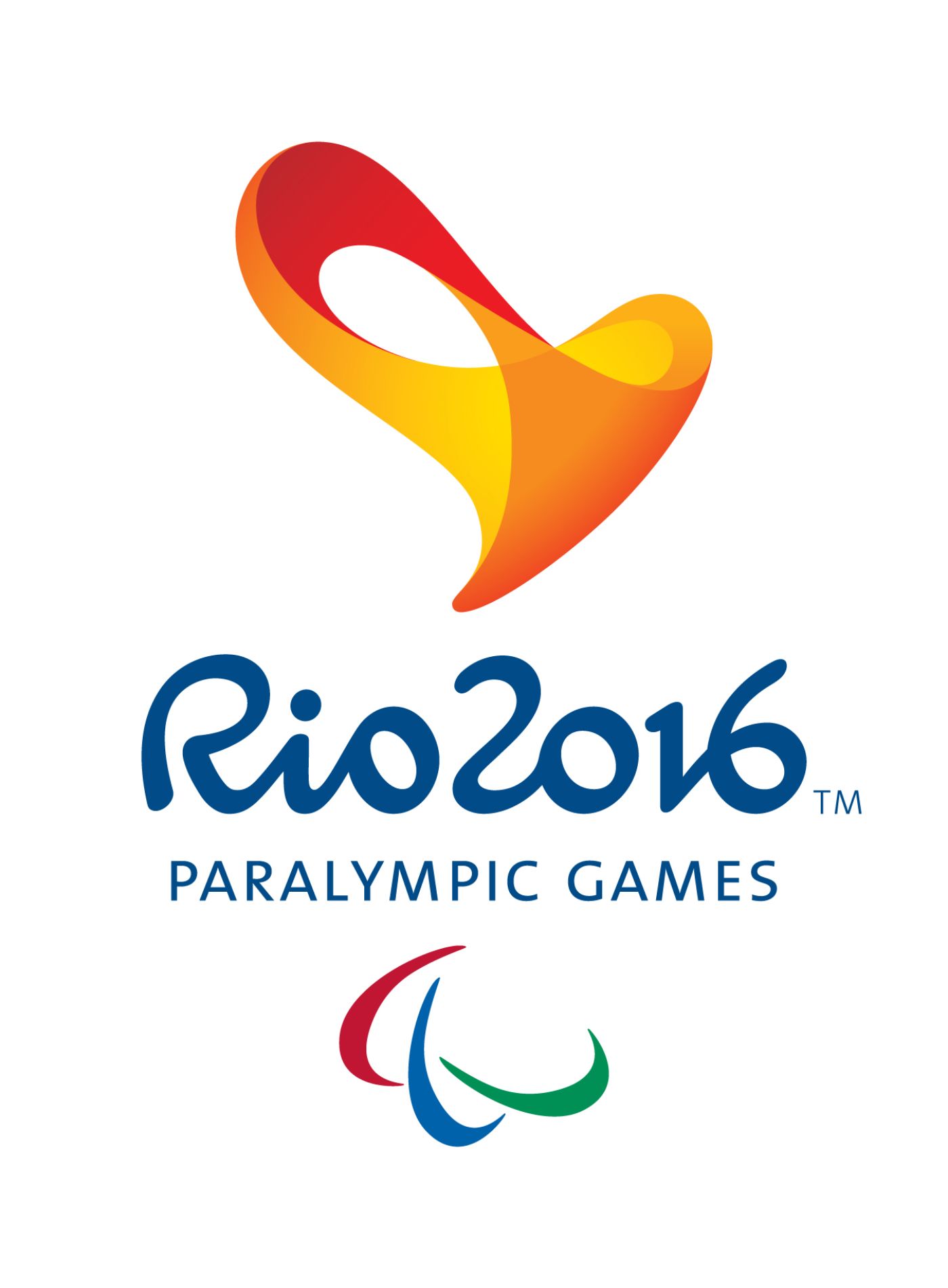
 Facebook
Facebook
 Instagram
Instagram
 Twitter
Twitter
 Youtube
Youtube
 TikTok
TikTok
 Newsletter Subscribe
Newsletter Subscribe





